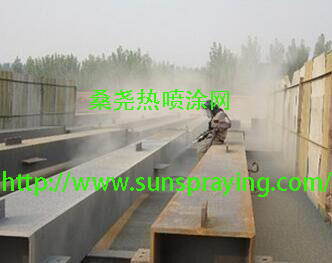Since the beginning of the 1980s, the use of CeO2 in the automotive pollution control has become so broad to represent today the most important application of the rare earth oxides. The development of the TWCs was dictated by the need to simultaneously convert the hydrocarbons (HCs), CO and NOx present in the automotive exhaust to H2O, CO2 and N2. The conventional TWCs employed in the late 1980s mostly contained Rh and Pt as active noble metals and CeO2 as oxygen storage component. Highest conversion of the pollutants is attained close to the stoichiometric conditions, while excursions to fuel-rich (net reducing) or fuel-poor (net oxidizing) air-to-fuel (A/F) ratios severely decrease the ef®ciency of the TWCs. Such excursions may represent a serious limitation for a TWC since the A/F signi®cantly oscillates around the stoichiometric value A/F14.6 [1,2]. Addition of CeO2 limits this disadvantage due to its ability to act as an oxygen buffer by storing/releasing O2 due to the Ce4/Ce3 redox couple. With higher OSC of the catalyst, higher conversion ef®ciency and resistance to thermal aging are generally observed.
The increasing restrictions for the standards for the automotive emissions as reported in Table 1, have set new challenges for the development of the new automotive TWCs. In fact, a major problem of the TWC converters is that signi®cant conversions are attained only at high temperatures (>600 K). As a result, during the cold-start of the engine, the emissions of the pollutants, particularly the HC, are quite high until the converter reaches the operating temperature. Accordingly, inclusion of the cold-start in the engine test and the remarkably low limits required in the near future for the HC emissions demanded for the development of the so-called close coupled catalyst (CCC). These catalysts, being manifold mounted, experience temperatures up to 1273±1373 K, which requires an extremely high thermal resistance.

本文由桑尧热喷涂网收集整理。本站文章未经允许不得转载;如欲转载请注明出处,北京桑尧科技开发有限公司网址:http://www.sunspraying.com/
|

